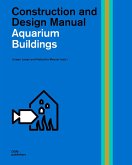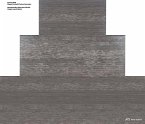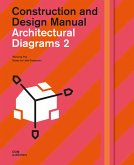From ancient stadium construction to a design object of the twenty-first century, sports arenas have long been turned into places hosting a global media spectacle. For a few hours or days, colossuses made of steel and concrete transform into colourful festival locations. Since the first ancient stadium in Greek Olympia, the typology of stadium construction has undergone a profound transformation: due to changes in requirements and demand, an urban entertainment centre has emerged from the simple running track in the countryside. Through selected examples of projects, this volume from the Construction and Design Manual series illustrates the development of stadiums in relation to building typologies. It provides a basic manual of stadium design using basic planning parameters. Examined are, amongst others, Olympic stadiums, football stadiums, velodromes and ice arenas. Drawings, detailed plans and large-format photos facilitate an understanding of the carefully selected examples and are used to analyse stadium construction in terms of its history, planning and architecture.
























